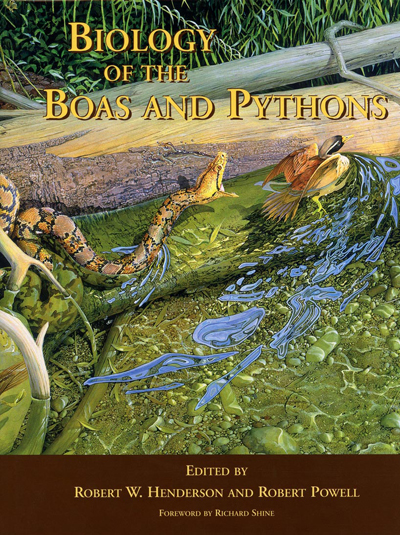The new Tropidophis is to be named Tropidophis leonae sp. nov., the Jaragua Golden Trope, after Dominican biologist Yolanda M. Leon, a conservation advocate who logistically supported the project. The work was accomplished by Miguel A. Landestoy T. in a single author paper – Bravo! . The author is also the discoverer of Chilabothrus ampelophis (see: ).
This new species is smaller and laterally compressed when compared to the only other Trope on the large island, Tropidophis haetianus. It has a higher ventral count, differs in head width, neck width, color and pattern.
The Trope was found preying on tadpoles and small toadlets in several inches of water in a limestone hole. It is found only from the karst foothills near Pedernales Province. This brings the number of Tropidophis to 35, with six of them living on the mainland. There is so much work to be done with this genus. Who will take up the monumental challenge?
The new paper can be found here.





